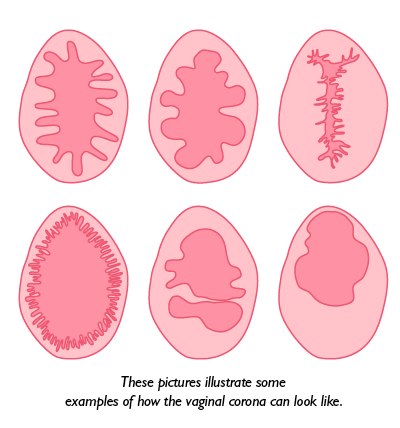 Via the fabulous Scarleteen (best sex education resource on the web), I’ve just learned of the English translation of a remarkable booklet from Swedish Association for Sexuality Education: Vaginal corona: Myths surrounding virginity – your questions answered.
Via the fabulous Scarleteen (best sex education resource on the web), I’ve just learned of the English translation of a remarkable booklet from Swedish Association for Sexuality Education: Vaginal corona: Myths surrounding virginity – your questions answered.
The mythical status of the hymen has caused far too much harm for far too long. Last spring, RFSU published an information booklet in Swedish intended to dispel some of the myths surrounding the hymen and virginity.
The booklet describes what the female genitals look like and what the vaginal corona actually is. It also dispels many of the myths surrounding female sexuality and the misconceptions concerning the hymen and virginity. Etymologically, the term hymen comes from the Greek word for membrane. In Swedish, the hymen used to be called mödomshinna, which translates literally as “virginity membrane.” In fact, there is no brittle membrane, but rather multiple folds of mucous membrane. A vaginal corona, in other words.
“The vaginal corona is a permanent part of a woman’s body throughout her life. It doesn’t disappear after she first has sexual intercourse, and most women don’t bleed the first time,” said Ms Regnér.
This is important work, and should be widely disseminated. At the link above, you can download the booklet in PDF form in Arabic, English, and Sorani, or order a print copy via email.


What an incredible way to reframe the concept of the hymen and virginity. And what a gift to girls this booklet could be. I’ll be sharing this post with all of my sexual and reproductive health colleagues. I have always disliked the phrase and concept of “losing your virginity”. It’s as outdated as the ‘mythical status of the hymen’. Now that we’ve got ‘vaginal corona’, maybe we can find a more positive replacement for “losing your virginity.”